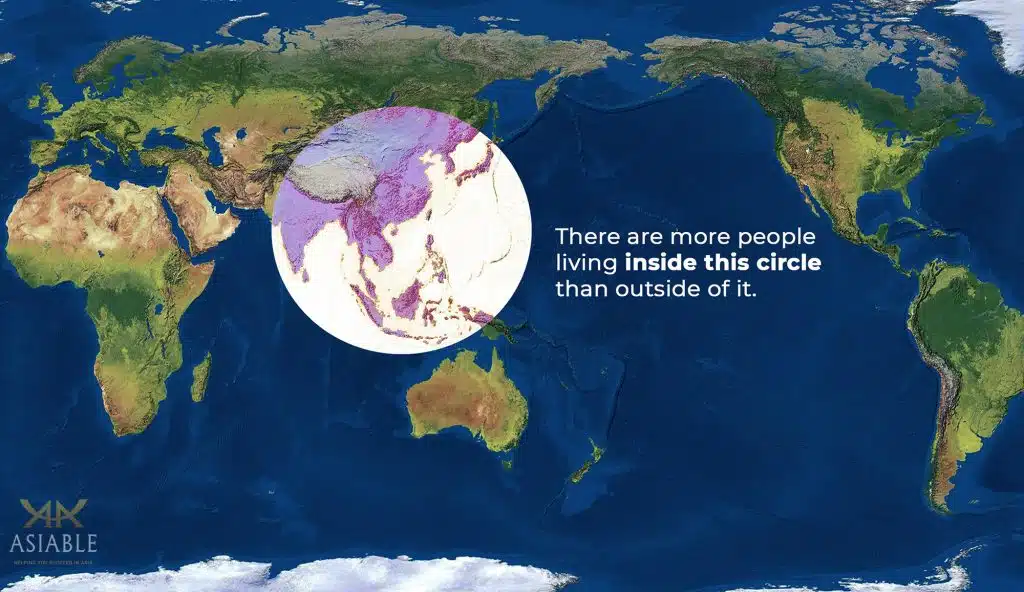
| It’s good to hear SMEs talking about their “Asian Strategy” again, but the use of these words alone suggest that they have a lot of detailed, analytical and strategic work to do before they will be anywhere near ready to launch their business into this fast growing and highly diverse region, representing more than half of the world’s population. When tackling the Asian market, there are at least three highly populated sub-regions to consider, and even they are far too broad and diverse for most businesses to tackle in one single market entry strategy: North Asia This includes China, Japan, South Korea and Taiwan, the 2nd, 3rd, 12th and 20th largest economies in the world, representing a total population of nearly 2 billion people. Whilst there are some similarities between each of these markets, there are a lot more differences, and all of them deserve a single focus. China is the largest and fastest growing market, offers lucrative regional and city based access to more middle class consumers than the entire populations of most countries, and is also the single most important trading partner for all Asian countries. Another important market is Hong Kong, the traditional gateway to China and the Asian region’s largest international financial services centre. South Asia This region is dominated by India, and includes Bangladesh, Bhutan, Pakistan, Nepal, and Sri Lanka, making a total population of 2 billion. India is a huge and complex market in its own right and requires foreign entrants to navigate its diverse regional, lingual and cultural landscape. Amongst its many attractions for international brands, India is one of the youngest countries in the world with more than 62% of the population of working age (15-59) and more than 54% below 25 years of age. It’s likely that India will become a more important market for western multinational companies in the future for geo-political and diversification reasons, but many new questions arise about the future stability of the region following America’s withdrawal from Afghanistan. South East Asia The Association of Southeast Asian Nations (‘ASEAN’) is a regional grouping that promotes economic, political and security cooperation among its ten members: Brunei, Cambodia, Indonesia, Laos, Malaysia, Myanmar, the Philippines, Singapore, Thailand, and Vietnam. The total population of all ASEAN states amounts to an estimated 661.5 million. As a bloc, ASEAN is equivalent to the world’s fifth largest economy, and it includes Indonesia, the 16th largest economy in the world with a population of 270 million and, like most ASEAN countries, provides access to a fast growing, young, increasingly urbanised, digitised, educated and wealthy consumer base. Now that we’re over 20 years into the Asian Century, it’s time for a more mature, nuanced, analytical and focused approach to doing business in Asia. Let’s stop talking about an “Asian Strategy”. |

